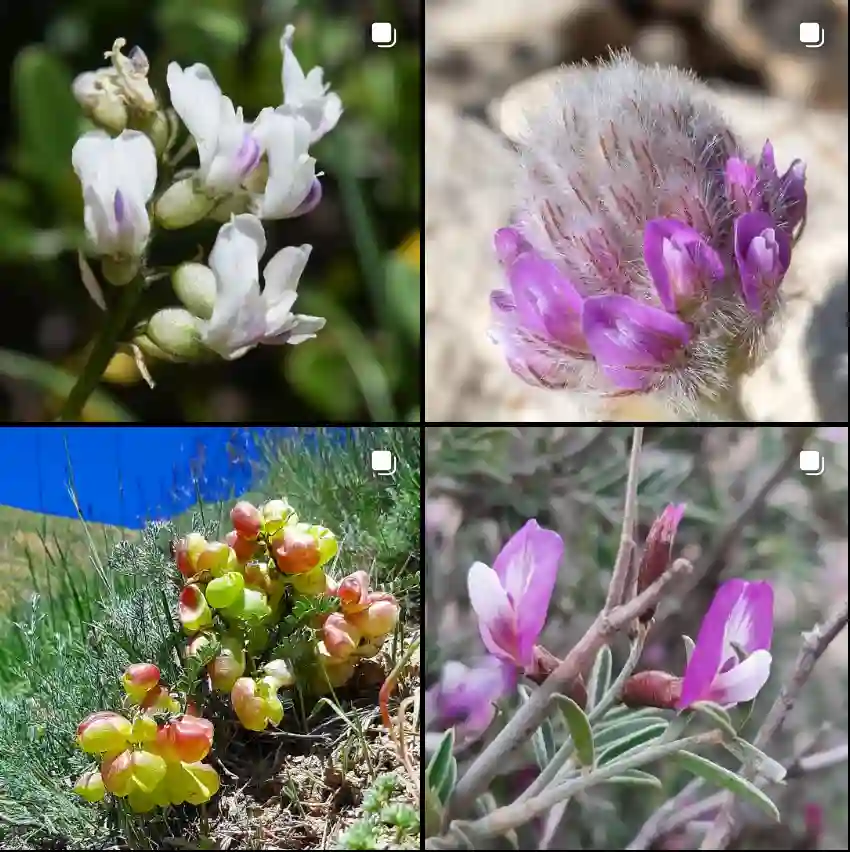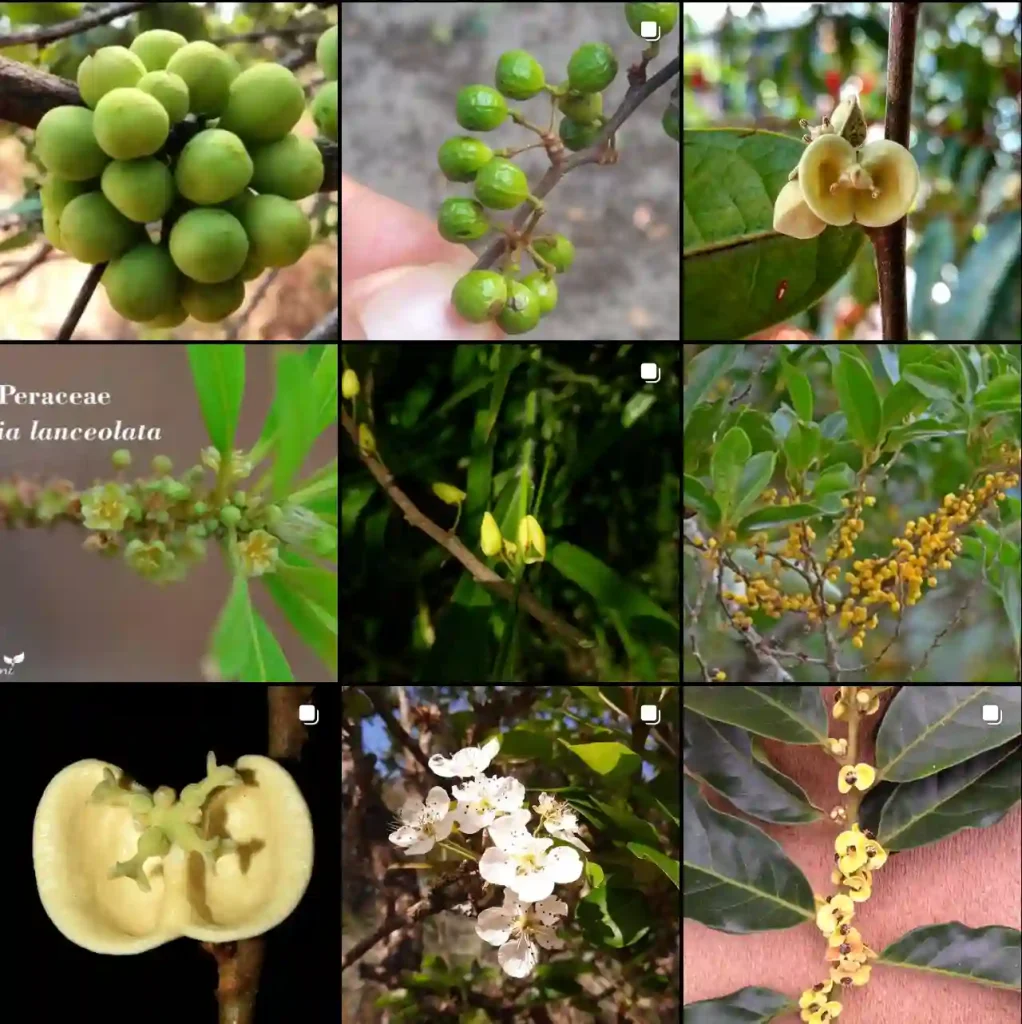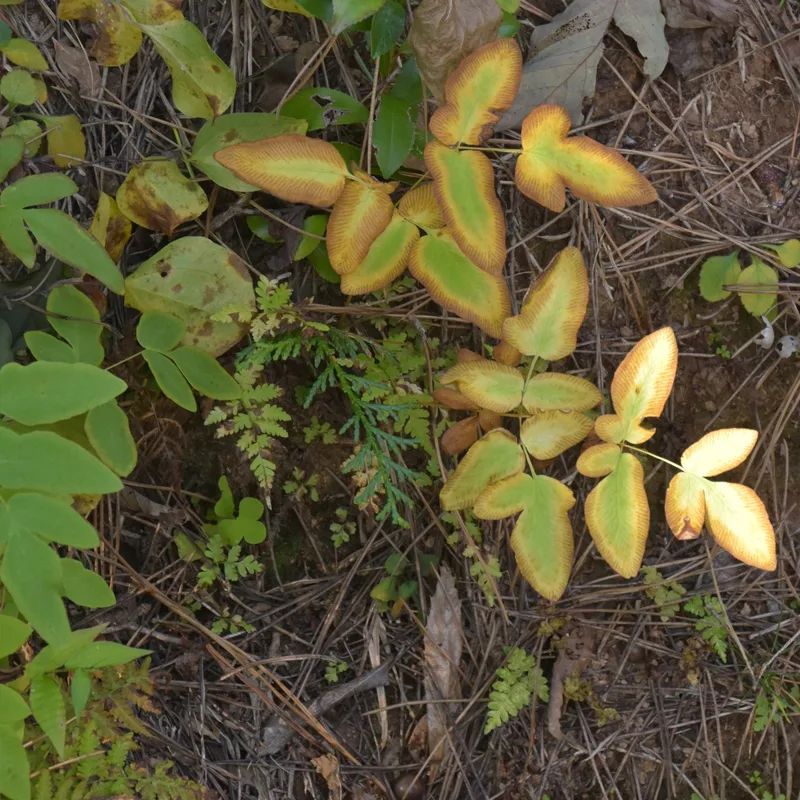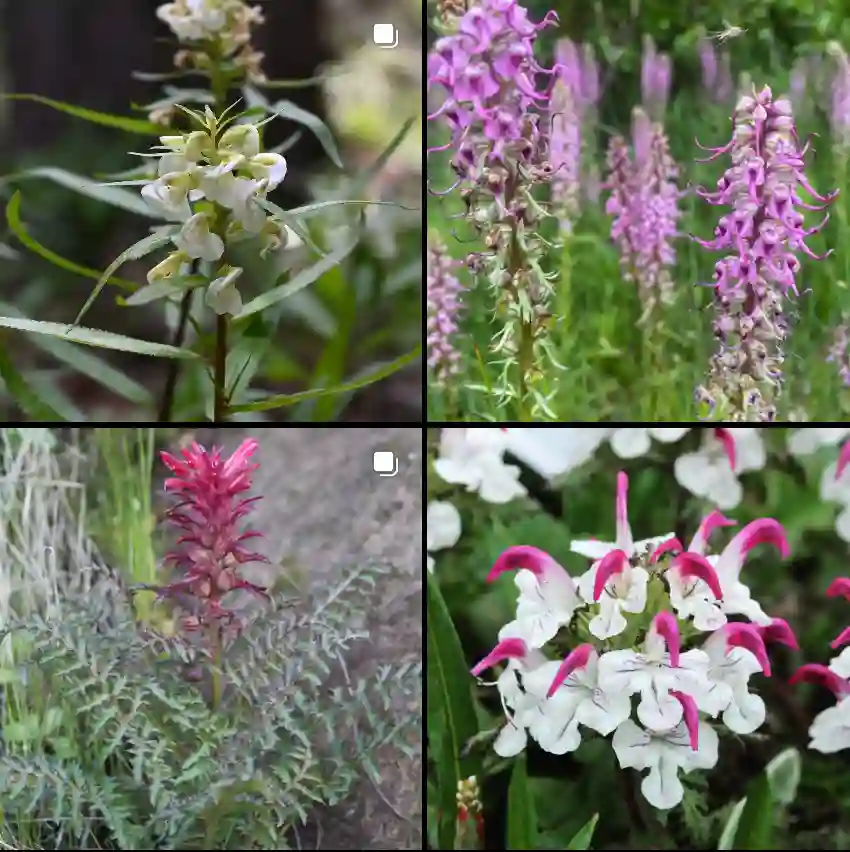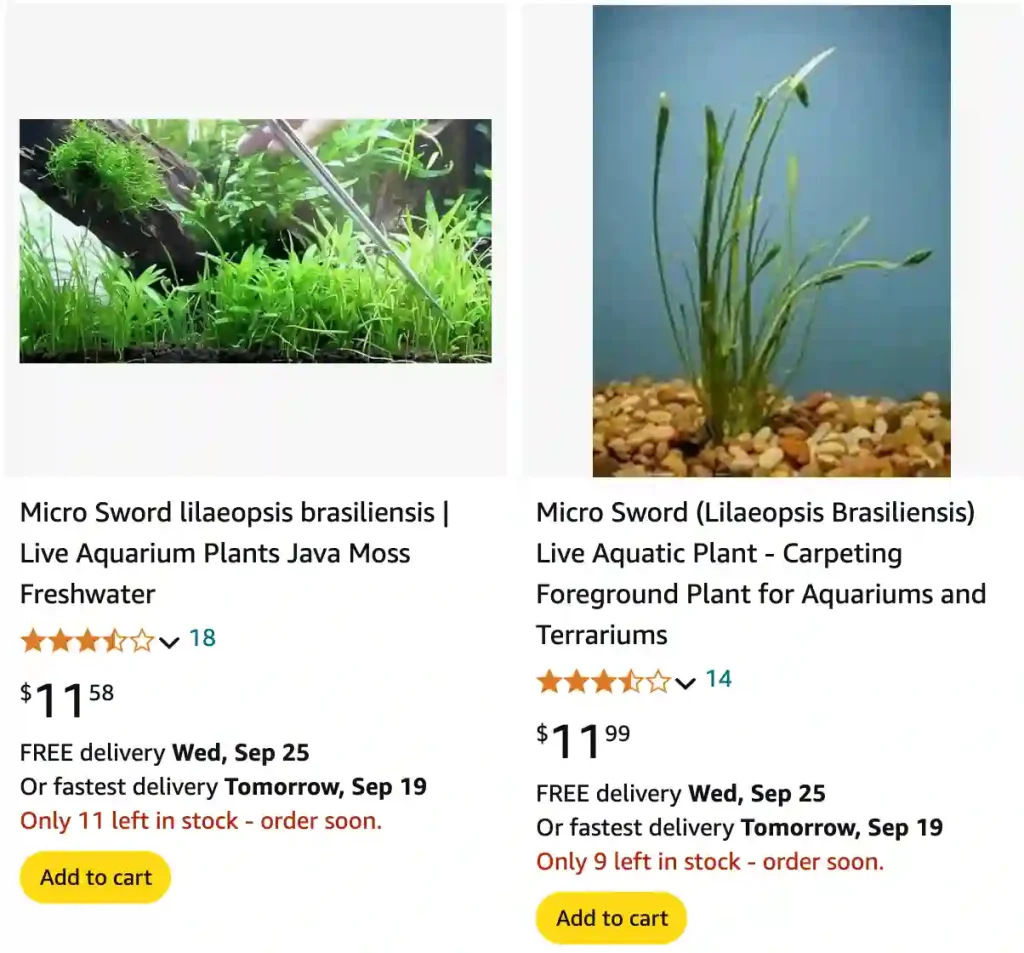
What is Lilaeopsis Brasiliensis?
Lilaeopsis Brasiliensis, commonly known as Brazilian pygmy weed, is a captivating aquatic plant belong to the Apiaceae family, native to South America. It is prized for its lush green carpet of delicate leaves, creating a stunning underwater landscape in aquariums and ponds. This low-growing plant adds a touch of elegance and visual interest to any aquatic environment.
Plant Family: 451 Genera in Apiaceae – Umbelliferae Family
How to Plant Lilaeopsis Brasiliensis?
Planting Lilaeopsis Brasiliensis is relatively straightforward. Here’s a step-by-step guide:
- Substrate Preparation: Ensure your substrate is nutrient-rich and fine-grained. A sand-based substrate or a mix of sand and aquarium soil works well.
- Planting: Remove the plants from their packaging and gently separate them into small clumps. Carefully plant the clumps into the substrate, spacing them evenly apart.
- Lighting: Lilaeopsis Brasiliensis requires moderate to high lighting. Aim for at least 2-3 watts per gallon of water.
- Water Parameters: Maintain a water temperature between 72-82°F (22-28°C), a pH of 6.5-7.5, and a hardness of 5-12 dKH. Regular water changes are essential to provide stable water conditions.
- Fertilization: While Lilaeopsis Brasiliensis can absorb nutrients from the water column, supplementing with liquid fertilizers or root tabs can promote healthy growth.
How to Care for Lilaeopsis Brasiliensis?
Caring for Lilaeopsis Brasiliensis involves a few simple steps:
- Regular Trimming: To maintain a dense and attractive carpet, trim the plant regularly. Snip away any leggy or overgrown areas.
- Water Changes: Perform weekly water changes to remove accumulated waste and maintain water quality.
- Algae Control: Monitor for algae growth and address it promptly by adjusting lighting, reducing nutrients, or introducing algae-eating organisms.
- Snail Management: Some snails may graze on Lilaeopsis Brasiliensis. If you notice excessive grazing, consider removing or controlling the snail population.
How to Propagate Lilaeopsis Brasiliensis?
Lilaeopsis Brasiliensis can be propagated through division. Simply remove a clump of the plant from the substrate and carefully separate it into smaller clumps. Replant the smaller clumps in the desired location.
What to Plant with Lilaeopsis Brasiliensis?
Lilaeopsis Brasiliensis pairs well with various other aquatic plants. Consider planting it with:
- Foreground Plants: Echinodorus tenellus, Eleocharis acicularis, and Glossostigma elatinoides create a beautiful and contrasting foreground.
- Midground Plants: Anubias spp., Cryptocoryne spp., and Microsorum pteropus add structure and visual interest to the midground.
- Background Plants: Rotala macrandra, Hygrophila corymbosa, and Ludwigia repens provide a vibrant backdrop for the Lilaeopsis Brasiliensis carpet.
Can You Grow Lilaeopsis Brasiliensis Indoors?
Yes, you can definitely grow Lilaeopsis Brasiliensis indoors in an aquarium. It thrives in well-lit and maintained aquarium environments.
Is Lilaeopsis Brasiliensis Toxic?
No, Lilaeopsis Brasiliensis is not toxic to fish, invertebrates, or other aquatic animals.
Benefits of Lilaeopsis Brasiliensis
- Aesthetic Appeal: Lilaeopsis Brasiliensis creates a stunning and natural-looking carpet in aquariums and ponds.
- Habitat for Fish and Invertebrates: The dense carpet provides hiding spots and breeding grounds for small fish and invertebrates.
- Water Filtration: The plant helps absorb nutrients and waste from the water, improving water quality.
Common Problems with Lilaeopsis Brasiliensis
- Algae Growth: Excessive nutrients or inadequate lighting can lead to algae growth.
- Snail Grazing: Some snails may graze on the plant, causing damage.
- Melting: If the plant is not acclimated properly or is subjected to sudden changes in water parameters, it may experience melting.
Lilaeopsis Brasiliensis vs. Echinodorus Tenellus
Both Lilaeopsis Brasiliensis and Echinodorus tenellus are popular foreground plants, but they differ in appearance and growth habits. Lilaeopsis Brasiliensis forms a dense carpet of small leaves, while Echinodorus tenellus has larger, rounder leaves. Echinodorus tenellus also grows slightly taller than Lilaeopsis Brasiliensis.
Lilaeopsis Brasiliensis vs. Hairgrass
Hairgrass (Eleocharis acicularis) is another common foreground plant that resembles Lilaeopsis Brasiliensis. However, hairgrass has finer, hair-like leaves, while Lilaeopsis Brasiliensis has slightly wider leaves. Hairgrass also tends to grow taller and denser than Lilaeopsis Brasiliensis.
Lilaeopsis Brasiliensis vs. Mauritiana
Lilaeopsis Mauritiana is a close relative of Lilaeopsis Brasiliensis but differs in appearance. Lilaeopsis Mauritiana has larger leaves with a reddish-brown tinge, while Lilaeopsis Brasiliensis has smaller, green leaves. Lilaeopsis Mauritiana also grows slightly taller and requires more intense lighting than Lilaeopsis Brasiliensis.
Conclusion
Lilaeopsis Brasiliensis is a beautiful and versatile aquatic plant that adds a touch of elegance to any aquarium or pond. With proper care and maintenance, this plant will thrive and create a captivating underwater landscape for years to come.
If i die, water my plants!
